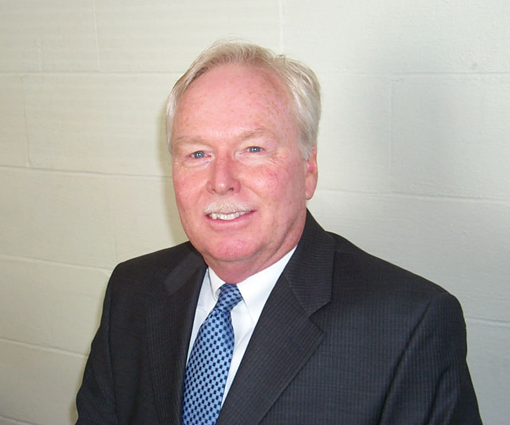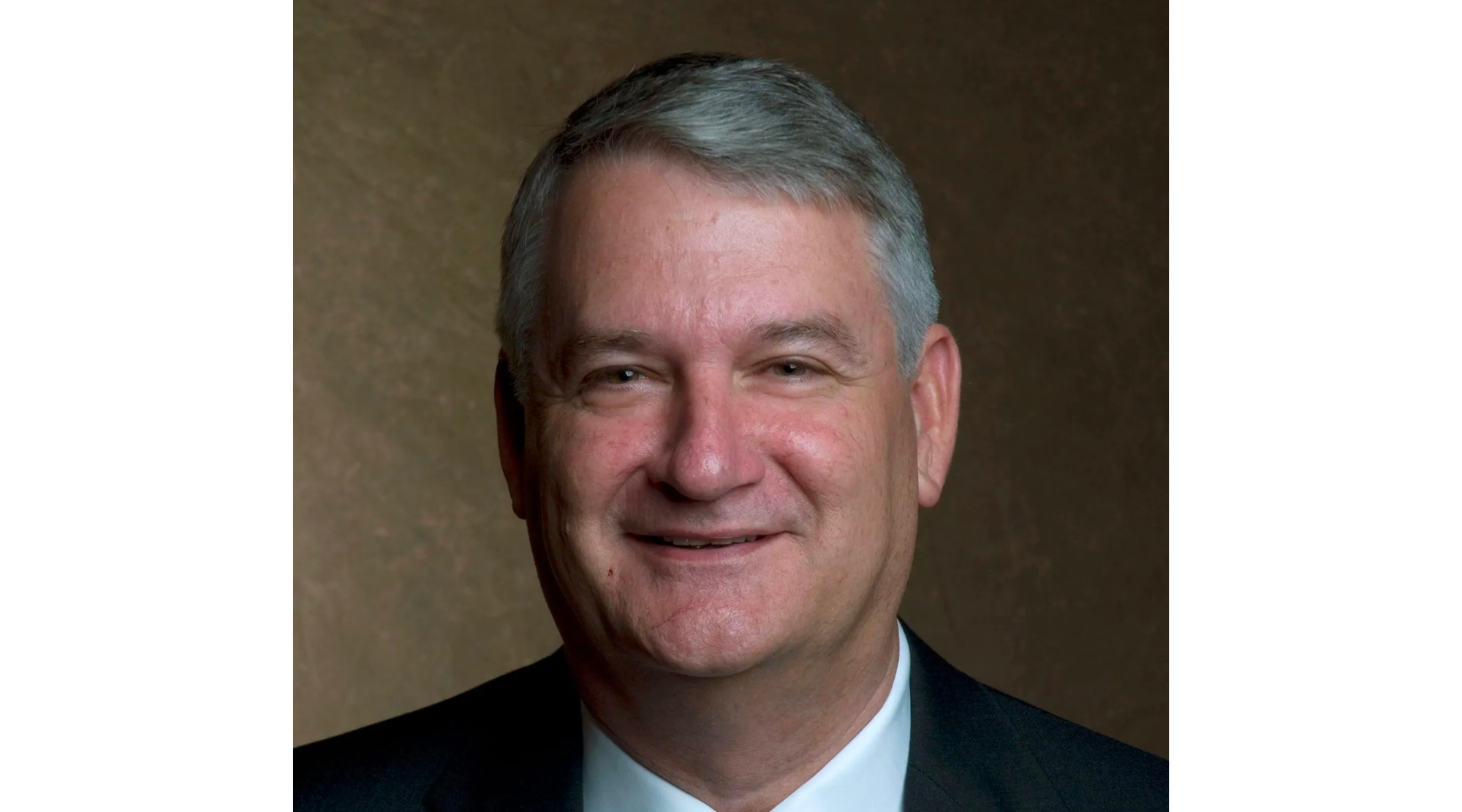Experiencing the natural beauty of the Barrier Islands of Georgia
Published 5:01 pm Tuesday, August 23, 2016
I never took Georgia History since I grew up in Alabama. Living in Southwest Georgia my entire adult life, my orientation has always been towards the Gulf of Mexico and the sugar like beaches of the Emerald Cost. It was closer, my parents lived in Panama City Beach for 25 years, and it was the beach where I had fun as a high school and college student.
After moving to Georgia, we found ourselves taking numerous trips to Jekyll Island, St. Simon’s Island, and occasionally Tybee Island. The barrier islands of Georgia were just a different form of the beach to me and I really didn’t think of them as islands so much as just another resort.
This past week, Mary Lou and I had the chance to visit Sapelo Island, the fourth largest barrier island off the coast of Georgia. It is very different from the other more populated and developed islands I have visited for decades.
Sapelo is only accessible by boat or plane. There is a 30 minute ferry ride available three times a day. You can only visit the island if you are part of an organized tour or you are visiting a resident.
Part of the magic of the island is that there are only 70 or so residents, most of whom are descendants of slaves which came around 1800. They live in a community called Hog Hammock. The children take the ferry to school on the mainland.
There is one store that is about the size of an average sized den. It closes at 1:00 pm each day.
If you don’t know anyone, you can either take a day trip and hire a local guide to take you around or you can have a group to rent the only accommodations, the R. J. Reynolds Mansion. There is a 16 person minimum that must stay 2 nights. We were fortunate to be part of a group from the Georgia Press Association.
We boarded the ferry around 2:30 pm to make the trip to the island. We were late departing because the school bus hadn’t arrived to take the children back to Hog Hammock.
You put your luggage on the back of the ferry. There are no bellboys here, you load them yourself. You bring all your supplies, including bottled water. You may be staying in a mansion, but the isolation of the island is complete. You forget something and you will likely do without.
The mansion was built by Thomas Spalding in the early 1800’s. He brought the slaves to Sapelo, created a working plantation producing Sea Island cotton among other things and later became a congressman and United States Senator. He died in 1852 and his mansion was ransacked during the Civil War.
Later, Henry Coffman, the founder of the Hudson Motor Company, bought the island and rebuilt and expanded the old mansion. Presidents Coolidge and Hoover, along with famed aviator Charles Lindberg all visited Coffman’s island retreat.
During the depression, R. J. Reynolds, the son of the tobacco giant founder, purchased the island and improved the mansion and the plantation’s operations. He owned the island, except for the small amount owned by the descendants of the former slaves until his widow eventually sold it to the state.
What makes it special? In my three days there, I experienced two full moons coming up over the horizon of the ocean. I saw two sunrises coming over the same horizon, with nothing but a shrimp boat visible on the horizon.
I saw pristine beaches stretching as far as the eye could see without a single human being in sight. The steady wind, the sound of the waves, and the sense that you were the only person experiencing the beauty of this setting made it a special time.
The value of Sapelo Island if sold by the state to a developer would be enormous. The temptation during tough times to use these barrier islands as a revenue generator must have been tempting to state leaders. However, there are precious few places left in this world like Sapelo Island.
I am grateful to the forward thinking of our state in purchasing a number of these barrier islands and preserving them in a largely natural state.
My only regret is that it took me 40 years of living in Georgia to truly experience the unspoiled natural beauty of Georgia’s undeveloped barrier islands.





